Kerala, or God’s own Country, conjures up images of coconut lined lagoons, peaceful backwaters, smooth beaches, tea plantations, lightly flavoured but spicy food and ayurveda and rejuvenation. The whole world knows about the joys of Kerala and whole world has been coming here for centuries, for it is truly a cornucopia of sights and pleasures. It is a state with near 100% literacy and high unemployment, delicate hospitality and an old world charm, despite having only one quarter of the history of its ancient Tamil neighbour. After spending a week in Kerala, moving from the busy yet charming city of Trivandrum to the beach cliffs of Varkala, and then from the backwaters of Kollam to the rolling hills of Munnar, we were not disappointed. Kerala, true to all the glossy brochures, is everything she promised to be and a whole lot more.
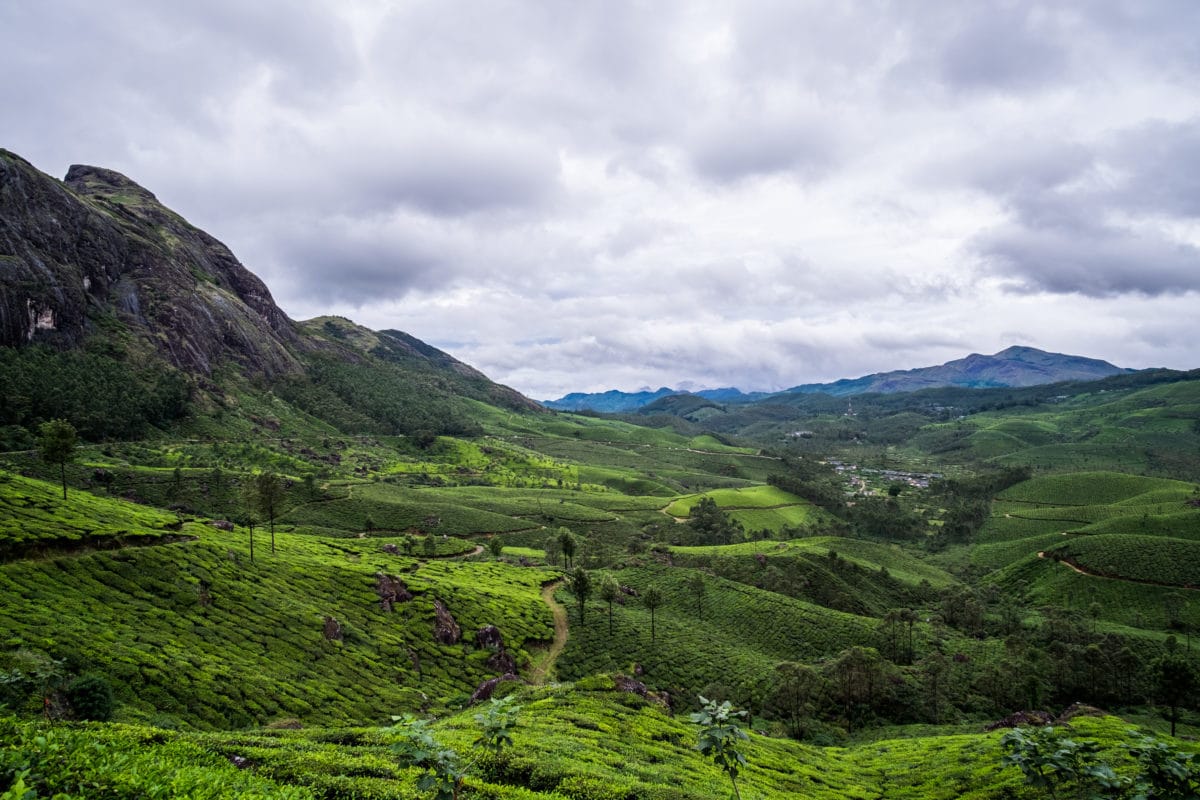
It is no wonder that Marco Polo, on arriving in Kerala from China, wrote “Everything is different from what it is with us and excels both in size and beauty.”
But what is most striking about the state, is its myriad shades of green. From the dark green leaves of the forests that surround the backwaters, to the lighter shades of the tea leaves; from the blue green waters along the coast to the yellow green of the paddy fields, the state has it all. Never have we seen such a variety of green, of nature at her very best. It is almost as if the colour green was made for the state of Kerala, and everyone else got what was left.
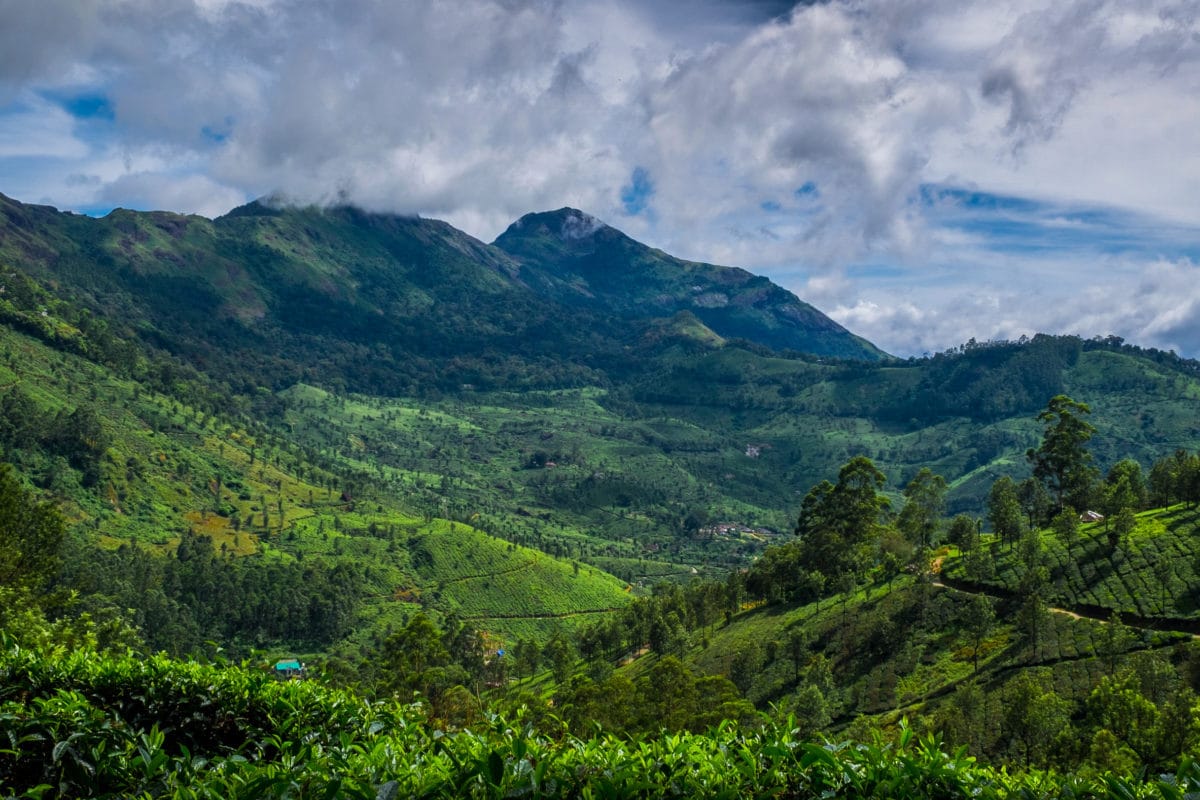
Varkala, which is at the same time an important temple town and a bikini clad beach at the base of a cliff, is a favourite of backpackers and travellers. The North Cliff is full of cafes and restaurants, massage parlours and homestay, and the occasional high end resort shack of sorts. After weeks of India food, we were rather happy, for a couple of days, to partake in the usual foreigner touristy food of pasta and eggs and bakes and pies. Down below, the smooth sand offers a nice beach with blue waters that blend into the open skies. As you hang out in one of the cafes or on the beach below, you can’t help notice that all around you are swaying coconut and banana trees and greenery as far as the eye can see.
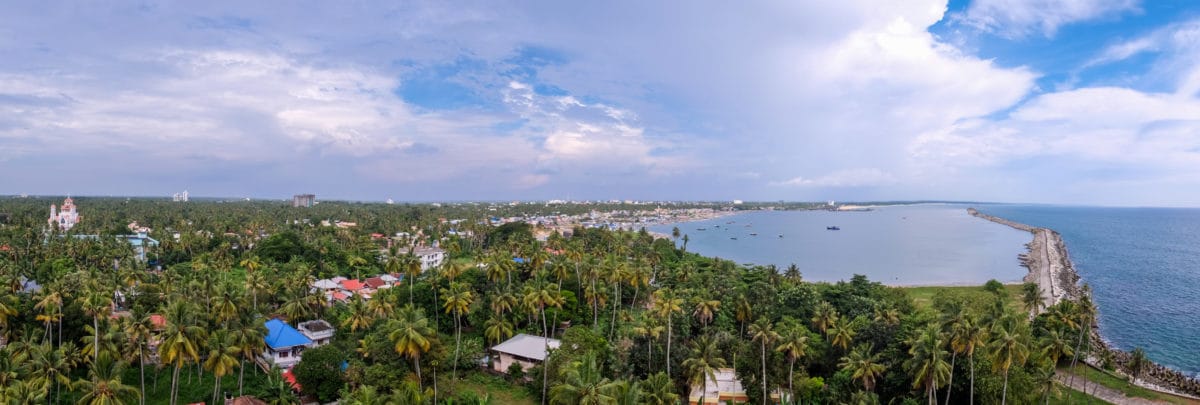
A couple of buses from Varkala, is the beginning of the famous Kerala backwaters. We chose to stay in Kollam, near Munroe Island, which is not as inhabited and full as the backwaters in Allepey or Kottayam. Kollam, which is a forgettable little town by itself, is the best way to get to Munroe Island, home to a few thousand people and two schools. Sitting in a rather small wooden canoe, our guide and boat man Vishnu, took us on the most fantastic tour around the island. The narrow canals and lagoons with colourful houses along the way gave us a small glimpse into the life of people dependant on the backwaters and the land for a living. The canoe ride was slow and calming, allowing us the luxury to take in the beauty all around us. After weeks of rather hectic travel around Tamil Nadu, walking barefoot in temples and numerous bus changes, the pace and serenity of the first few days in Kerala has been great. There was abundant greenery all around, from the grass that grew wild along the canals to the velvety green of the moss, in the dappled jackfruit and the firm hard coconuts that are a staple along the journey. Even the water snake we spotted seemed to be green, as if to accompany the jade coloured grasshoppers that floated in and out of our canoe. Having travelled through both Allepey (in our previous lives) and now Kollam, we highly recommend experiencing the backwaters at Kollam and Munroe Island.
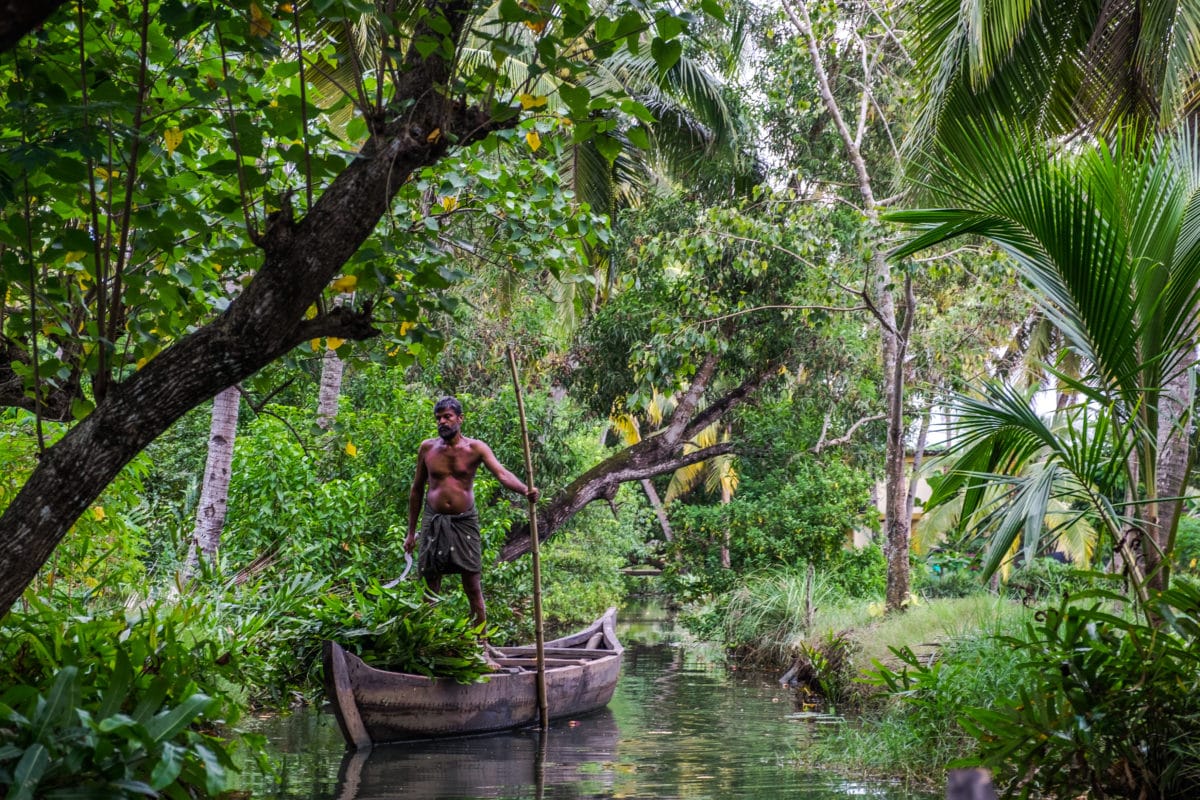
From the backwaters of Kollam we travelled to the hilly and deep dark green forests of Munnar and the scenery changed from coconut and banana groves to mountains covered in a carpet of neon green tea plantations. That particular journey was enchanting, despite traveling up the mountains in rickety state buses. It is as though Kerala is a water symphony, starting with the ocean and the backwaters and lagoons and culminating in the rivers along the Western Ghats and the constant mist. In Munnar we stayed for a couple of nights in a homestay run by a lovely Malayali couple and spent our time walking through their spice plantation, inhaling the rich aromas of green peppers and roasting cardamon. From Munnar we head up to the the mountains of Kolukku Malai. Perched high up in the Nilgiris in South India, with Kerala on the west and Tamil Nadu to the east, the Kolukkummalai Tea Plantation is the highest tea planation in the world. We plan to spend two days there walking amongst the beautiful green tea shrubs and sipping on the gentle brew that Kolukkummalai produces; but that’s a topic for another day and another post.
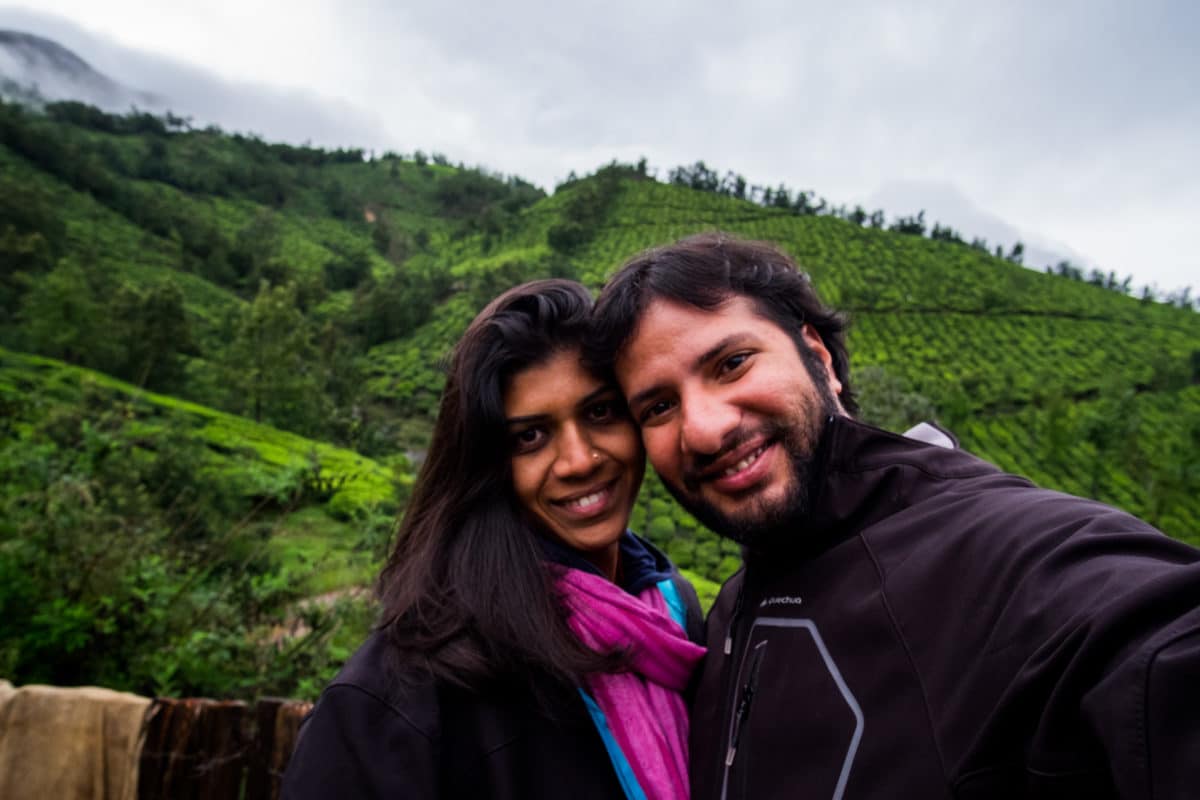
One Comment Add yours